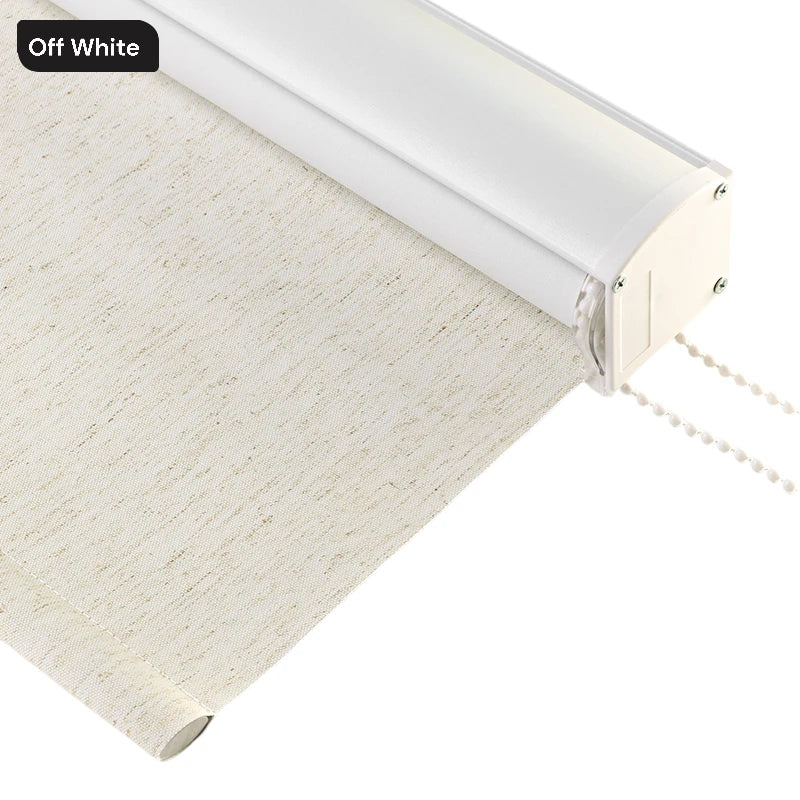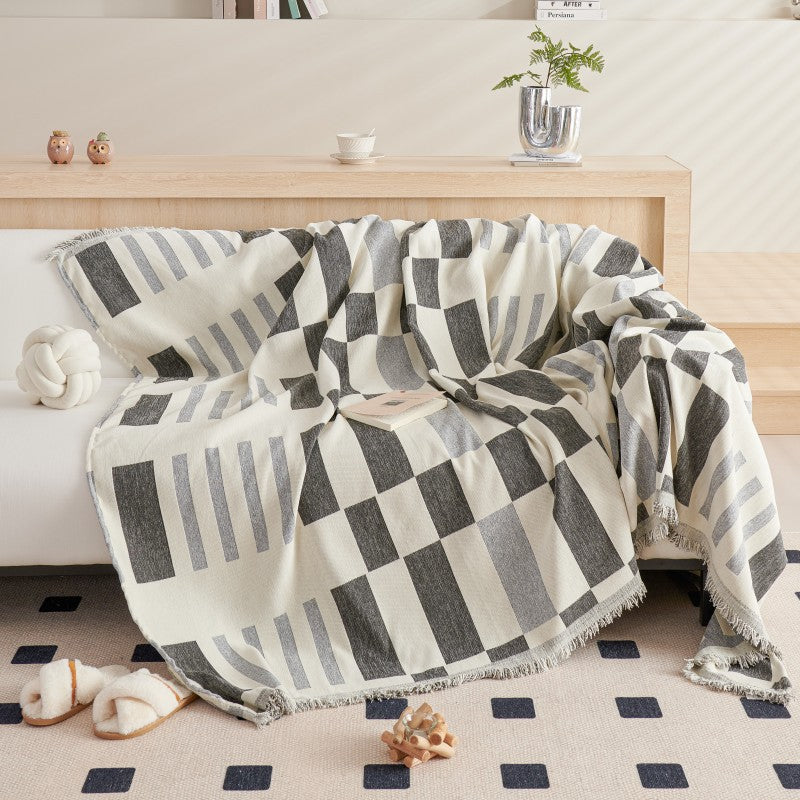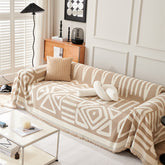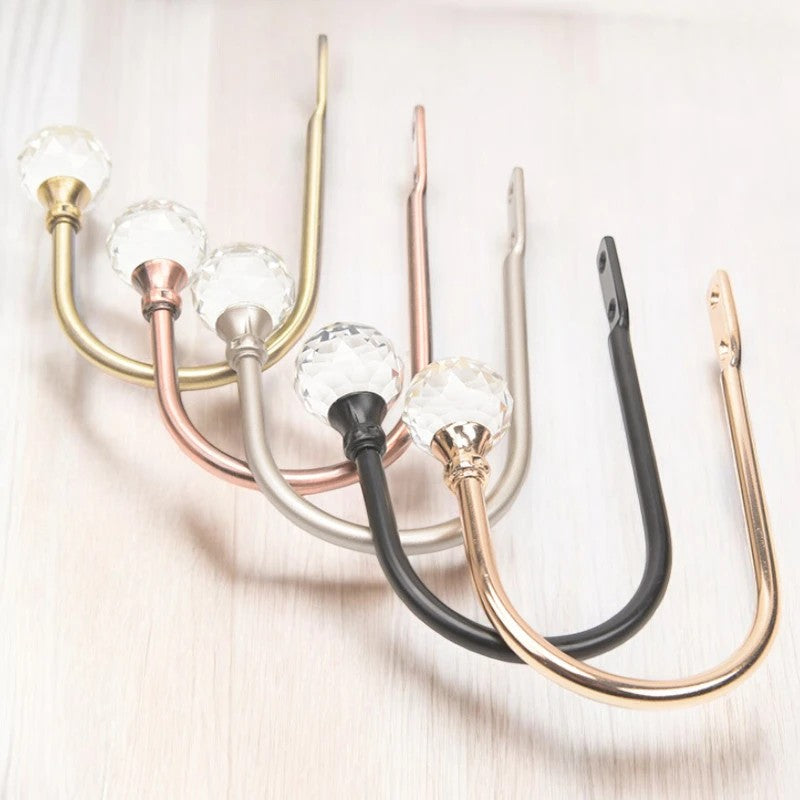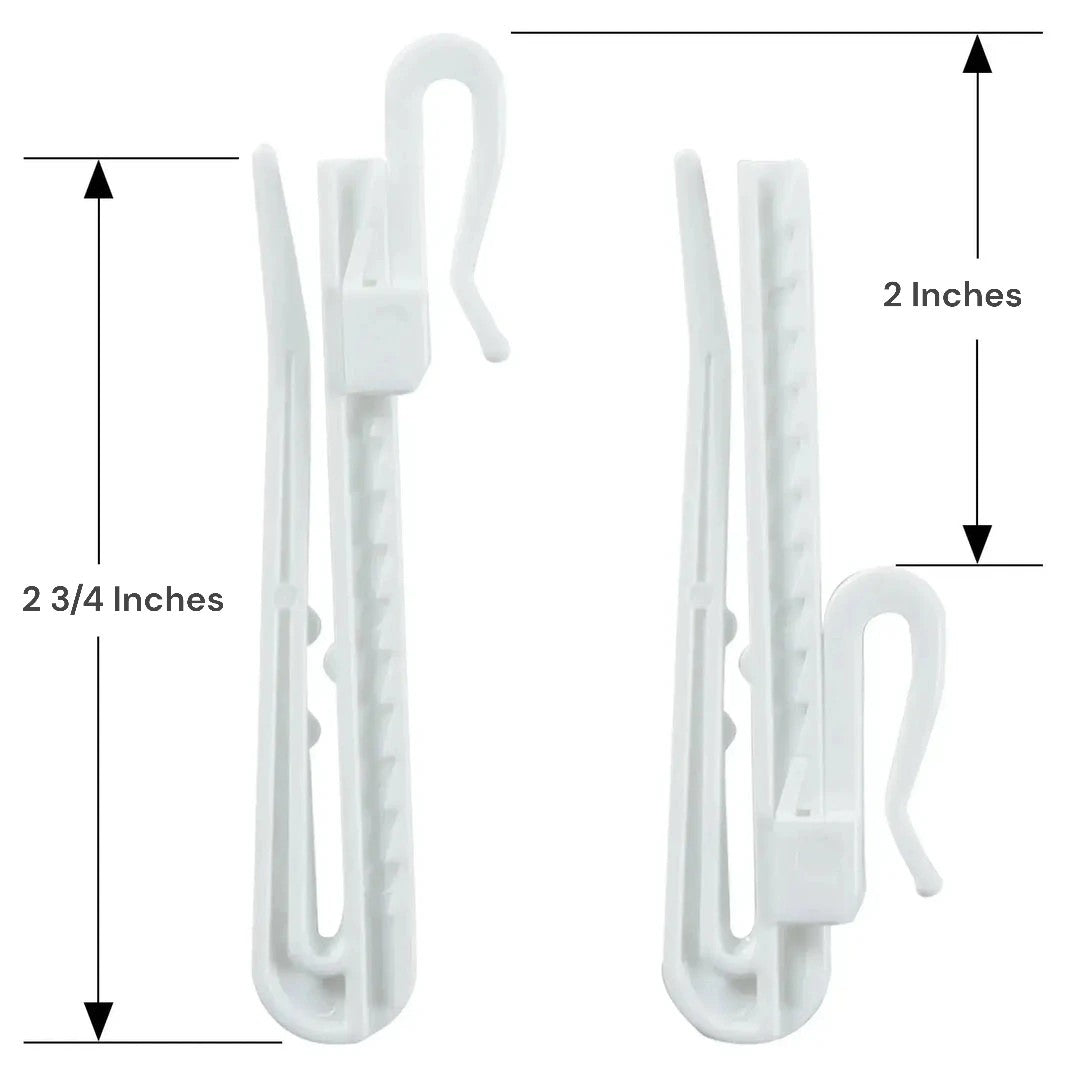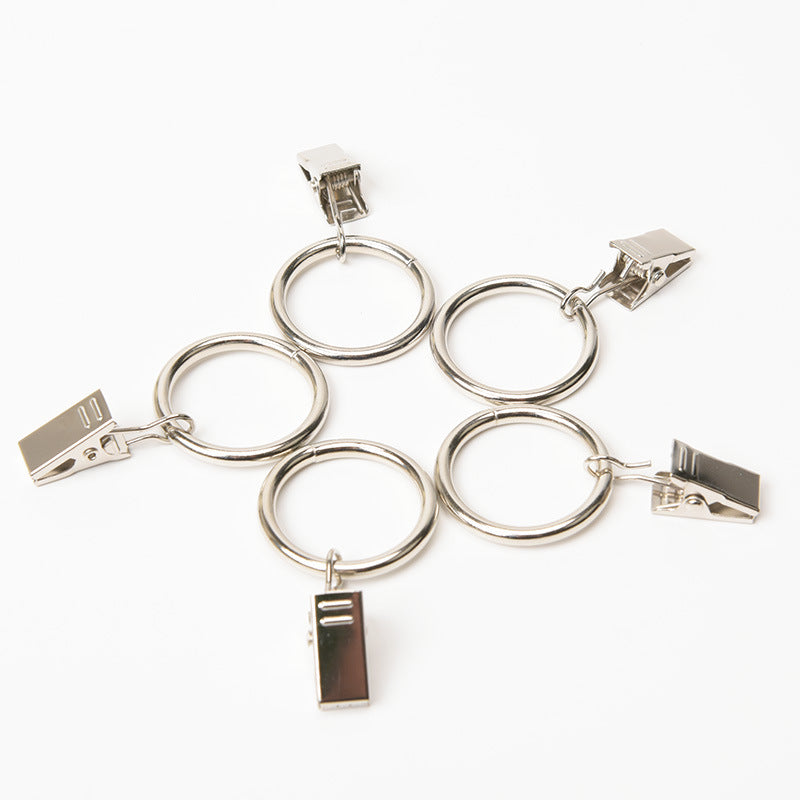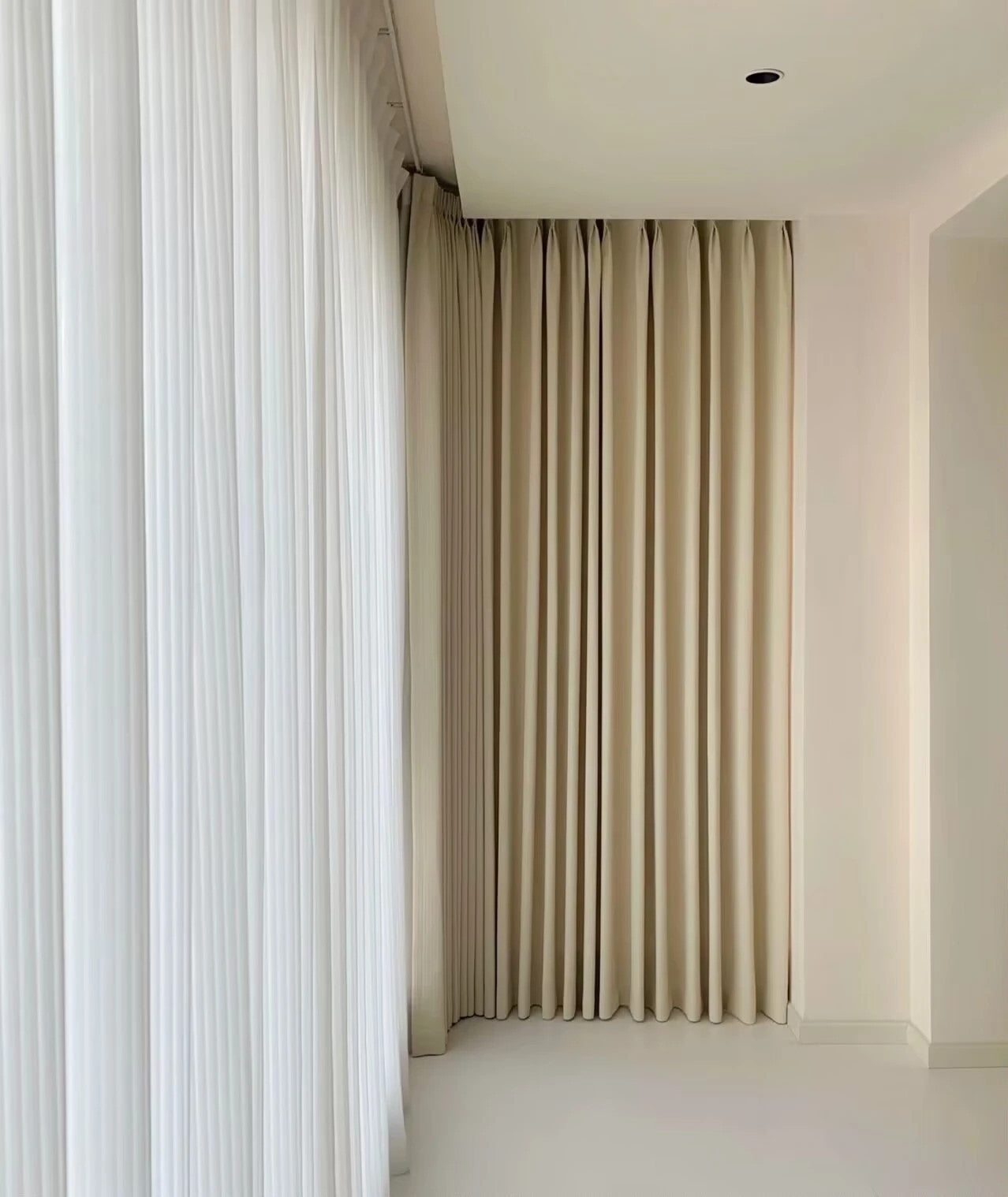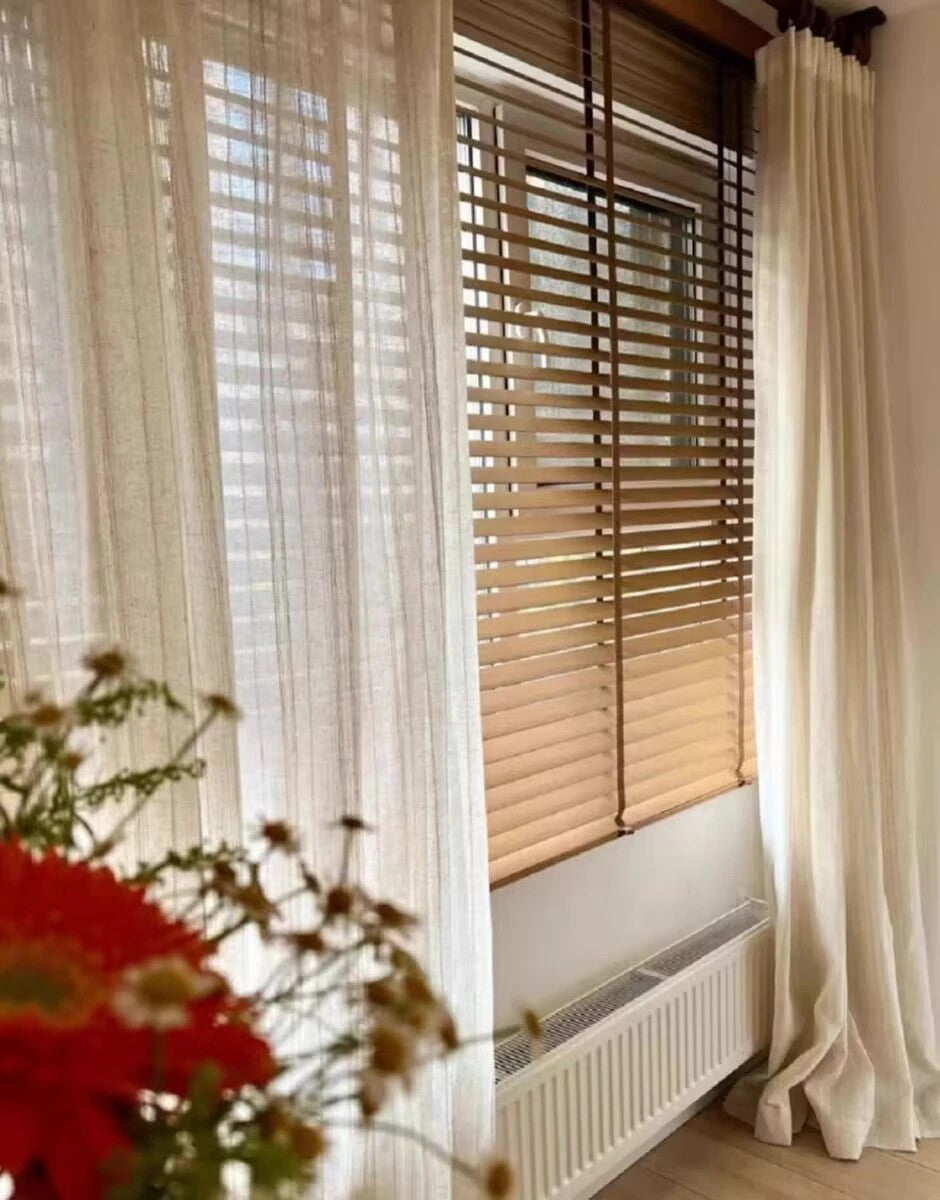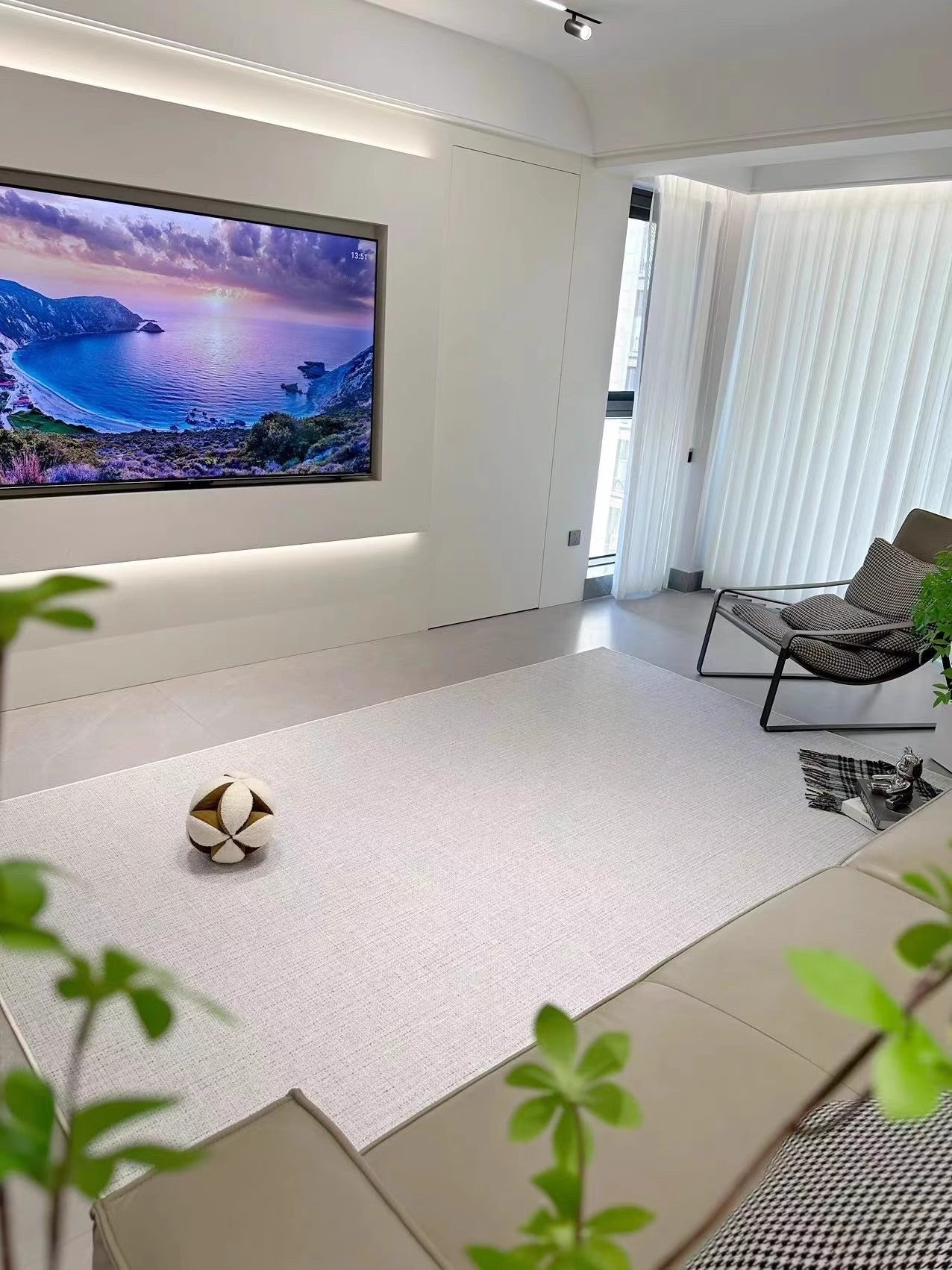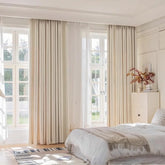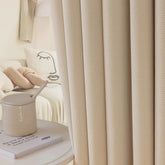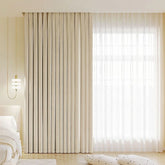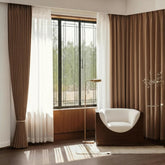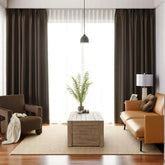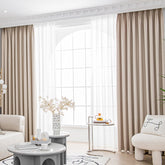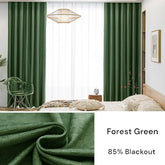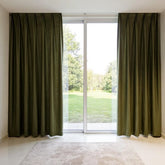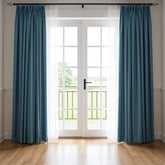Can You Use Indoor Curtains Outside?
If you're wondering whether you can use indoor curtains outside, the answer is yes, but there are some important factors to consider. Indoor curtains can be a great addition to outdoor spaces, adding style and character. However, if you're looking for curtains that offer shade, wind protection, or rain resistance, it's best to invest in outdoor fabric curtains specifically designed for these purposes.
When using indoor curtains outside, it's crucial to ensure they are washable and capable of withstanding the outdoor elements. While they may not offer the same level of durability and weather resistance as outdoor curtains, indoor curtains can still be used effectively in certain outdoor settings.
When hanging indoor curtains outside, you can utilize a tension rod or curtain rod to avoid drilling holes, making installation quick and easy. This flexibility allows you to transform your outdoor space without any permanent alterations.
- Indoor curtains can be used outside for style purposes but may not provide the same level of protection as outdoor fabric curtains.
- Choosing the right fabric is essential for outdoor curtains, with polyester blends, olefin, and acrylic being durable and weather-resistant options.
- Proper care and maintenance are necessary for outdoor curtains, including spot cleaning and air drying.
- Install indoor curtains outside using tension rods or curtain rods to avoid permanent alterations to your outdoor space.
- If you require shade, wind or rain protection, it is recommended to invest in outdoor fabric curtains that are fade resistant.
Choosing the Right Curtains for Outdoor Use
When it comes to using indoor curtains outside, it's crucial to choose the right curtains that can withstand the outdoor elements. Outdoor curtains not only add style to your outdoor spaces but also provide protection from wind, rain, and harsh sunlight. Here are some factors to consider when choosing curtains for outdoor areas:
- Material: Opt for outdoor-friendly curtains made from durable and weather-resistant fabrics. Polyester blends, olefin, and acrylic are excellent options that can withstand the rigors of outdoor use.
- Functionality: Consider the purpose of your outdoor curtains. If you're looking for curtains solely for decorative purposes, the material may not be as crucial. However, if you need curtains for shade, wind protection, or privacy, choose a fabric that offers adequate coverage.
- Color and Design: Select curtains that complement your outdoor space and enhance its aesthetic appeal. Neutral tones and light colors are ideal for reflecting heat and creating a soothing environment. Additionally, patterns or textures can add visual interest to your outdoor area.
By carefully considering these factors, you can choose outdoor curtains that not only serve their purpose but also contribute to the overall ambiance of your outdoor spaces.
There are various types of outdoor curtains available to suit different preferences and needs. Here are a few popular options:
- Sun-Blocking Curtains: These curtains are designed to provide maximum shade and block harmful UV rays. They are an excellent choice for areas with intense sunlight.
- Sheer Curtains: Sheer curtains allow light to filter through, creating a soft and ethereal ambiance. They are perfect for adding a touch of elegance to outdoor spaces.
- Waterproof Curtains: If you live in a rainy climate or want to protect your outdoor furniture from moisture, opt for waterproof curtains. These curtains are designed to repel water and prevent mold and mildew growth.
With an array of outdoor curtain options available, you can find the perfect curtains that meet your specific requirements and enhance the functionality and beauty of your outdoor areas.
| Pros | Cons |
|---|---|
| Indoor curtains can be used for style purposes, framing outdoor spaces and adding character. | Indoor curtains may not offer the same level of protection from wind, rain, and harsh sunlight as outdoor fabric curtains. |
| Indoor curtains are widely available and come in a variety of colors, patterns, and textures. | Indoor curtains may not be as durable or weather-resistant as outdoor fabric curtains. |
| Installing indoor curtains outside is relatively easy and can be done without drilling holes. | Indoor curtains may require more maintenance and care when used outdoors. |
Materials for Outdoor Curtains
To ensure your curtains can withstand the outdoor environment, it's important to choose the right materials for your outdoor curtains. When selecting outdoor curtain materials, durability and weather resistance should be top priorities.
One popular option for outdoor curtains is polyester blends. These fabrics are known for their strength and ability to resist fading from sun exposure. They are also relatively easy to clean, making them a practical choice for outdoor use. Another suitable material for outdoor curtains is olefin. This synthetic fiber is highly resistant to moisture, mold, and mildew, making it ideal for areas with high humidity or frequent rainfall. Acrylic is also a good choice, known for its durability and resistance to UV rays.
When considering outdoor curtain materials, it's important to keep in mind the specific needs of your outdoor space. For example, if you have a covered patio or an area that is partially protected from the elements, you may be able to use a wider variety of materials. However, if your curtains will be fully exposed to sun, rain, and wind, it's best to invest in fabrics specifically designed for outdoor use.
| Material | Benefits | Drawbacks |
|---|---|---|
| Polyester blends | Durable, fade-resistant | May require regular cleaning |
| Olefin | Moisture and mold-resistant | Less color options |
| Acrylic | Durable, UV-resistant | Higher cost |
When it comes to outdoor curtains, it's important to strike a balance between functionality and style. By choosing the right materials, you can ensure that your curtains not only withstand the outdoor elements but also enhance the aesthetic appeal of your outdoor space.
Installing Indoor Curtains Outside
Proper installation is key to ensuring your indoor curtains can be used effectively outside. Whether you're looking to add some privacy to your covered patio or create an intimate atmosphere in your outdoor seating area, following these tips will help you install your indoor curtains in an outdoor setting.
Choosing the Right Location
Before you start the installation process, carefully consider the location where you intend to hang your indoor curtains. Look for a covered area that offers protection from direct sunlight and precipitation. This will help preserve the longevity of the curtains and prevent fading or damage.
Using Tension Rods or Curtain Rods
One of the simplest ways to hang indoor curtains outside is by using tension rods or curtain rods. These can be easily installed without the need for drilling holes or making permanent modifications to your outdoor space. Tension rods can be adjusted to fit between walls or posts, providing a secure anchor for your curtains. Curtain rods with mounting brackets can also be used to create a more permanent installation.
When selecting indoor curtains for outdoor use, it is important to choose fabrics that are durable and weather-resistant. Polyester blends, olefin, and acrylic are excellent options as they are known for their ability to withstand the outdoor elements. These fabrics are fade-resistant and can withstand exposure to sunlight and moisture, ensuring that your outdoor curtains will last longer.
Maintenance and Care for Outdoor Curtains
To maintain the longevity and functionality of your outdoor curtains, proper maintenance is essential. Outdoor curtains are exposed to various elements such as sunlight, rain, wind, and debris, which can affect their appearance and durability. Follow these tips to ensure your outdoor curtains stay in top condition:
- Regular Cleaning: Remove any loose dirt or debris from the curtains by gently shaking them. For small spills or stains, spot clean the affected area immediately using a mild soap or detergent mixed with water. Use a soft brush or sponge to scrub the stain gently, then rinse with clean water and allow the curtains to air dry.
- Deep Cleaning: For heavier soiling, you may need to soak the curtains in a cleaning solution. Fill a large basin or bucket with lukewarm water and add a mild detergent. Submerge the curtains in the solution and let them soak for 15-30 minutes. Gently agitate the curtains to loosen the dirt, then rinse thoroughly with clean water.
- Weatherproofing: If your outdoor curtains are not already waterproof, consider applying a waterproofing spray or seam sealer to enhance their resistance to water. Follow the instructions provided with the product for proper application.
- Storage: During periods of non-use or inclement weather, it is advisable to take down and store your outdoor curtains. Make sure they are clean and completely dry before folding or rolling them up for storage. Store them in a cool, dry place away from direct sunlight to prevent fading or damage.
By following these maintenance practices, you can prolong the lifespan of your outdoor curtains and ensure they continue to enhance the beauty of your outdoor spaces.
Maintaining and caring for your outdoor curtains is crucial to keep them in optimal condition. Regular cleaning, including spot cleaning and deep cleaning when necessary, is necessary to remove dirt and stains. Applying a waterproofing spray can enhance the curtains' resistance to water. Proper storage during periods of non-use or inclement weather is recommended to prevent damage. By following these maintenance tips, you can enjoy your outdoor curtains for years to come.
| Outdoor Curtain Maintenance Tips | Benefits |
|---|---|
| Regular cleaning | Keeps curtains looking fresh and prevents staining |
| Deep cleaning | Removes stubborn dirt and grime |
| Weatherproofing | Enhances water resistance |
| Proper storage | Prevents damage during non-use or inclement weather |
Conclusion
Using indoor curtains outside can elevate the style of your outdoor spaces while serving a functional purpose.
They offer endless possibilities for enhancing the aesthetic appeal of outdoor areas, from bohemian sheer curtains to classic opaque drapes. To create a visually stunning outdoor space, consider using indoor curtains as room dividers or to frame a specific area.
Additionally, they can shield you and your guests from the sun's rays and provide relief from wind.
To use indoor curtains outside, choose durable and weather-resistant materials like polyester blends, olefin, or acrylic. Proper maintenance is key to prolonging their lifespan, and using a tension rod or curtain rod can be a convenient solution for installation. By using indoor curtains outside, you can add an element of style and versatility to your outdoor areas.
With careful consideration of materials, maintenance, and installation, you can enjoy the functionality and beauty of curtains in your outdoor setting.
FAQ
Q: Can I use my indoor curtains outside?
A: Yes, you can use indoor curtains outside as long as they are washable and able to withstand the outdoor elements.
Q: What are the reasons for using indoor curtains outside?
A: Indoor curtains can be used for style purposes, such as framing a space and adding character to outdoor areas.
Q: Are indoor curtains suitable for providing shade, wind, or rain protection?
A: If you are looking for curtains for shade, wind, or rain protection, it is recommended to invest in outdoor fabric curtains that are fade resistant.
Q: How can I hang indoor curtains outside without drilling holes?
A: When hanging indoor curtains outside, you can use a tension rod or curtain rod to avoid drilling holes.
Q: What are the recommended fabric options for outdoor curtains?
A: The right fabric for outdoor curtains includes polyester blends, olefin, and acrylic, which are durable and weather-resistant.
Q: How should I care for outdoor curtains?
A: Proper care is necessary for outdoor curtains, including spot cleaning small spills, soaking in a cleaning solution for heavier cleaning, and air drying.



